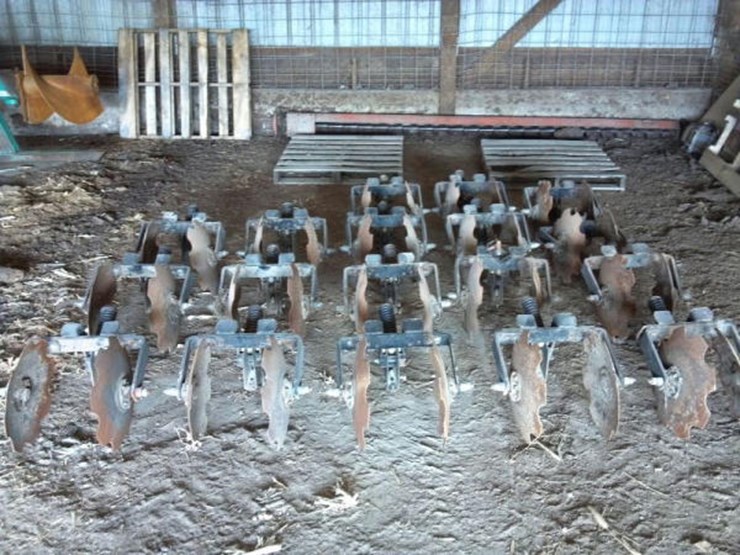Shank 1 Serial Number
My understanding is that sometime after Selmer bought out Brilhart (mid 60's?) the serial number became the date of manufacture (i.e.032467 would mean the piece was made on March 24, 1967). Unless they were only making one mouthpiece per day, this would also mean that there must be many duplicate 'serial numbers'.Mike - I have never seen a chart which shows the age of a Brilhart piece based on its serial number.
I believe that the pieces made in Great Neck, aside from being marked as such, had four or five digit serial numbers with a somewhat larger font size. The later 'Carlsbad' pieces have six digit serial numbers in smaller font size. Perhaps Doc Tenney can help home in on more specific dates. Interestingly, I have a Tonalin with a five digit, larger font serial number, that is not otherwise marked as a 'Great Neck' piece. Doc speculated that it might be some sort of a transitional piece. It's my understanding that if the piece doesn't say 'Great Neck, New York' on it, then it isn't one. I have two Ebolins that both have 6-digit, small font serial numbers that clearly are not dates.
I also have two Tonalins. The one I mentioned above, which has a 5-digit, large font serial number but no 'Great Neck' marking. Hence, Doc Tenney's conjecture that it might be some sort of transitional model.i.e. The blank was molded in Great Neck before the move and finished in Carlsbad after. The second Tonalin has a 4-digit, large font serial number, but the shank is entirely covered with a brass band, so I don't know whether it says 'Great Neck' but it almost certainly is one, given the small serial number.Assuming your Ebolin doesn't say 'Great Neck' on it, then it's likely a Carlsbad.

I have no idea about the dates, though.
Shank 1 Serial Numbers
Back in the ModRetro days, I was able to check the date codes and discover that Nintendo switched over to using 65nm GPUs (and 4 Layer boards) shortly before releasing the Wii in colors other than white. This also happened before Nintendo released the newer version of the Wii without Gamecube ports. This is how we know for a fact that any non white wii with gamecube controller ports and any wii without gamecube controller ports (including white ones) will have a 4 layer board. This information has been invaluable for portablizers, and is currently the only sure-fire way to track down an efficient board without removing the battery tray. White Wii's with Gamecube controllers are by far the most common variant, but they are also the only wii shell that doesn't guarantee a die shrunk 4 layer board. They CAN have a 4 layer board, but are not guaranteed. There are so many 4 layer boards hiding in white wiis waiting to be cut up.
I want to see if we as a community can find a trend between serial number and revision. The larger sample size we have, the more accurate of a theory we can come up with. Next time you open up your next wii, write down the revision code and serial number, and post it here. Ill add it to the spreadsheet, credit you, and maybe one day we can find a trend.This idea was inspired by the. They may have info that could be useful for this project, but I don't know much of anything about the disc drives themselves. Yes, the number visible by removing the battery tray is a confirmed way to identify Wii revisions. Thats a perfectly fine way to document them here.Also note that the RVK boards (family edition, no gc ports) will say K01 or K02 instead of just 01.

Another thing to be wary of is not to get 01 and 10 mixed up, because it can be confusing when upside down because of how they are written.Edit:no unfortunately. I only begun documenting recently. All most of my 40+boards had already been opened and shells mixed up by the time I came up with this idea. I notice that all the white NTSC CPU 40s start with either 1 or 7. LU747464455), while all the black ones start with 2 or 8.The ones that start with 5, 6, or 3 (other than the RVK boards, which I assume are the no-gc-port ones) are all pre-40.So 1 and 7 are good, while 3, 5, and 6 are bad so far (on white wiis). Obviously this can't be confirmed without more wiis documented, but at least it's a trend, and even a hint at what it might be is better than no clue at allThese trends are also consistent with my latest five additions.
Shank 1 Serial Number List
Sorry if this is already posted somewhere and I missed it. Oh, last thought. Has anyone else noticed a font difference between the 40s and the others? Here is a picture of a 01, 30, 40, 40, 60 wii in that order. Notice that the third and fourth wiis (the 40s) have a thinner font for the words 'Serial No' than the rest.
I checked this against another 40, two 60s, and a 20, and it held true. If anyone else could confirm, that would be greatThe 01 one has thinner letters than the others, but it's a little thicker than the 40s when you compare side by side, as if it's the same font as the 40s, only bold or something.